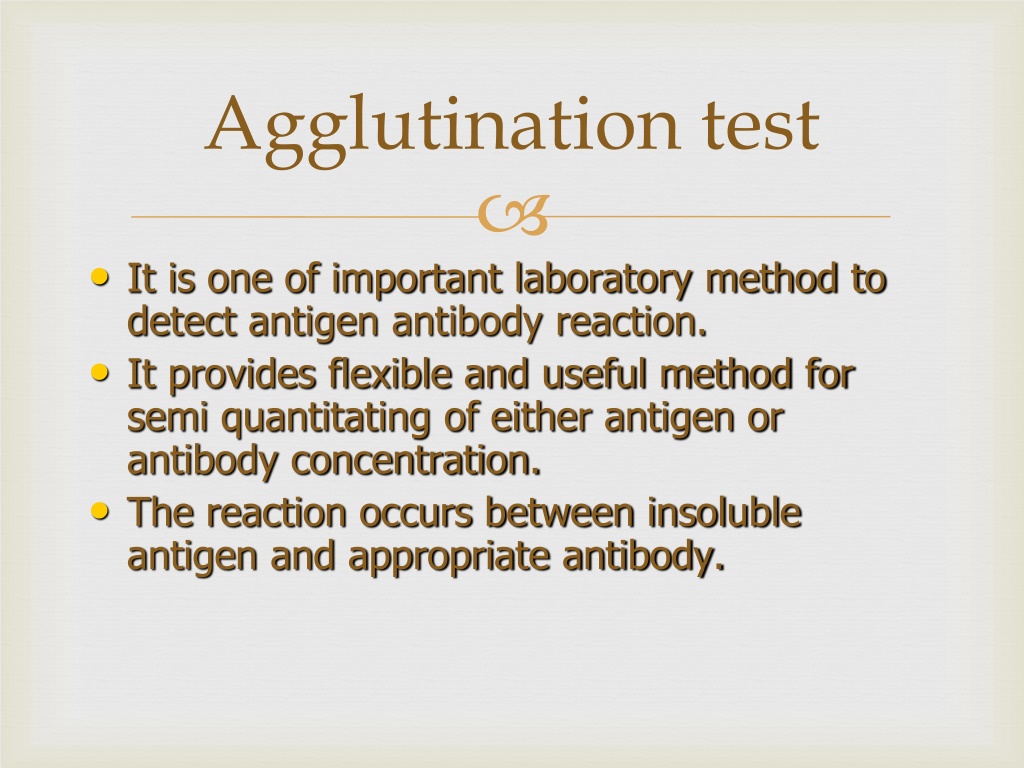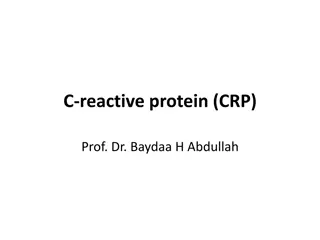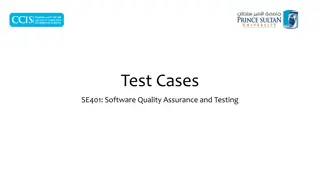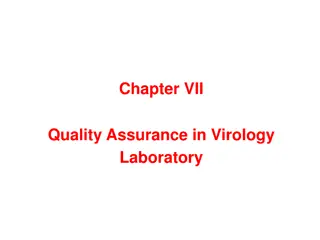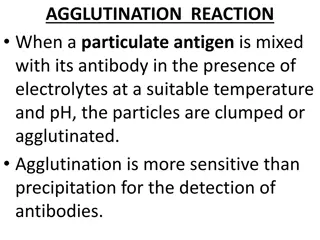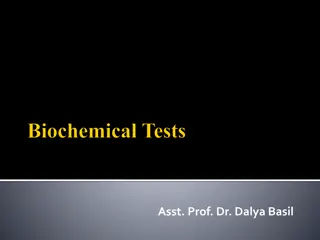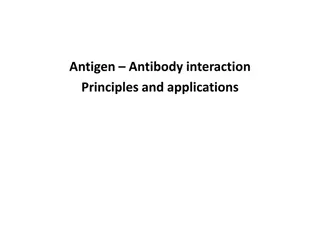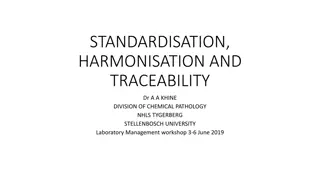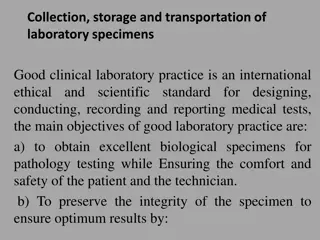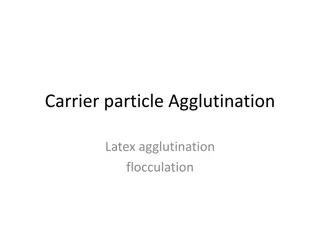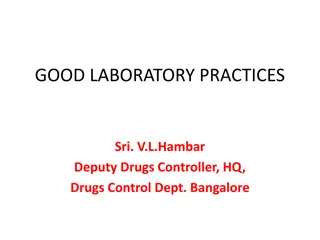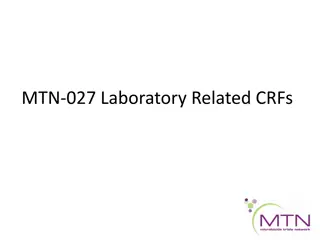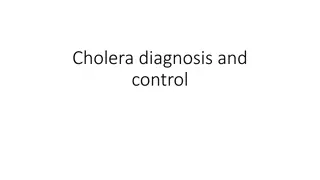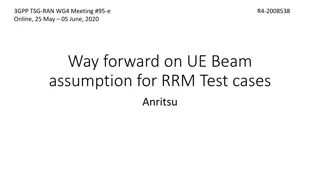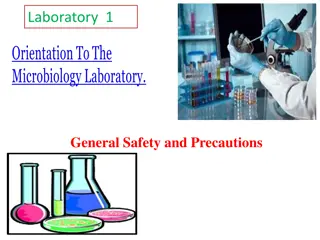Agglutination Test in Laboratory Methods
Agglutination test is a vital laboratory method for detecting antigen-antibody reactions. It involves a two-step process of sensitization and lattice formation, resulting in visible clumping or agglutination. This test is versatile, providing a semi-quantitative measure of antigen or antibody concentration. Different types of agglutination reactions exist, such as direct agglutination. Examples include slide agglutination tests and tube agglutination tests used for serotyping pathogens like Salmonella. Agglutination tests are sensitive and widely used in serology for various applications.
Download Presentation

Please find below an Image/Link to download the presentation.
The content on the website is provided AS IS for your information and personal use only. It may not be sold, licensed, or shared on other websites without obtaining consent from the author.If you encounter any issues during the download, it is possible that the publisher has removed the file from their server.
You are allowed to download the files provided on this website for personal or commercial use, subject to the condition that they are used lawfully. All files are the property of their respective owners.
The content on the website is provided AS IS for your information and personal use only. It may not be sold, licensed, or shared on other websites without obtaining consent from the author.
E N D
Presentation Transcript
Agglutination test It is one of important laboratory method to detect antigen antibody reaction. It provides flexible and useful method for semi quantitating of either antigen or antibody concentration. The reaction occurs between insoluble antigen and appropriate antibody.
Agglutination test Involves two-step process: -Sensitization or initial binding - Lattice formation or formation of large aggregates
Step one : This represents what occurs during stage one of agglutination : Sensitization Antibody molecules attach to their corresponding Antigenic site (epitope) on the red blood cell membrane. There is no visible clumping.
Step two: This represents what occurs during stage two of agglutination: Lattic Formation Antibody molecules crosslink RBCs forming a lattice that results in visible clumping or agglutination.
Agglutination test -Antibodies can agglutinate multivalent particulate antigens, such as Red Blood Cells (RBCs) or bacteria. -Some viruses also have the ability to agglutinate with RBCs. -This behavior is called agglutination. -Serological tests based on agglutination are usually more sensitive .
Examples Slide Agglutination Test Plate Agglutination Test Tube Agglutination Test Passive Agglutination Test Microscopic Agglutination Test Haemagglutination Test
Types of agglutination reaction 1. Direct agglutination. To test patient s sera (contain antibody) against large antigen. Direct agglutination can be used to determine antibody titer.
Slide Agglutination Test Used for serotyping (e.g. Salmonella) Antigen: isolated Salmonella in suspension Antibody: specific antisera against Salmonella . Place test Salmonella in a drop of saline on a slide . Add a drop of antiserum, mix and rock slide for approx. 1 minute . Examine for agglutination
Types of agglutination reaction 2. Indirect agglutination serum is mixed with latex spheres (inert substance) with the soluble antigens attached. Antibodies will then cause visible agglutination of the latex spheres with the soluble antigens attached.
advantages of agglutination methods ease of performance. speed of performance, usually requiring few minutes. high degree of sensitivity.
Disadvantages of agglutination methods the reaction are only semi quantitative. the occurrence of the prozone phenomenon, in which agglutination is inhibited by extreme antibody excess as a result of poor lattic formation.
